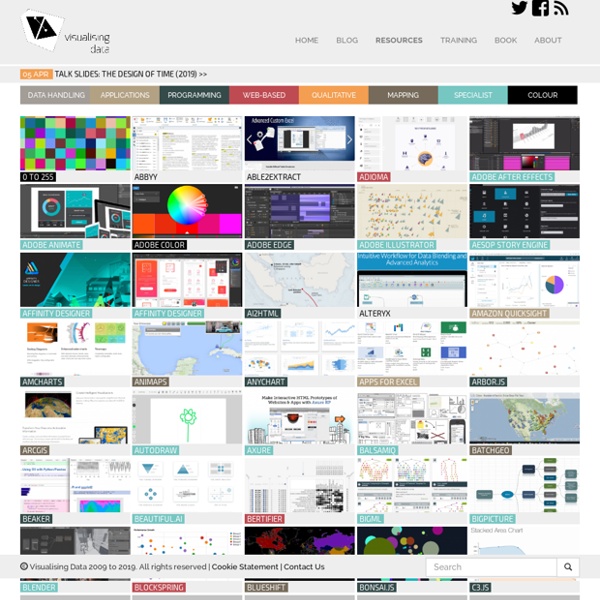



Data Visualization: Modern Approaches The globe of economic complexity About close x The Globe of Economic Complexity The globe of economic complexity dynamically maps out the entire world production of goods to create an economic landscape of countries around the globe. The original Atlas of Economic Complexity The Globe is built upon The Atlas of Economic Complexity, a powerful interactive tool that enables users to visualize a country’s total trade, track how these dynamics change over time and explore growth opportunities for more than a hundred countries worldwide. The Center for international development Associated Paper This project will be featured at the 2015 IEEE VIS conference in Chicago. Data Used Technology This visualization was built with webGL, a new graphics library that enables to create new 3D worlds in the browser. Contact Aknowledgements We would like to thank Marcela Escobari, Ricardo Hausmann, Gus Wezerek and Tim Cheston for their insight and support.
The Functional Art: An Introduction to Information Graphics and Visualization Presenting gvSIG Online: the solution for Spatial Data Infrastructures on Open Source software During the last International gvSIG Conference a new product added to the gvSIG Association catalogue was presented for the first time. We think it will be well received because it meets an every time more and more need to have a solution for implementing Spatial Data Infrastructures, using open source software and reducing implementation costs of the current market alternatives. gvSIG Online is result of the experience accumulated by the gvSIG Association at the Spatial Data Infrastructure projects implementation of all types and in any sector, from petrol companies to local administrations. But, what is gvSIG Online? “gvSIG Online is an integral platform for the Spatial Data Infrastructure (SDI) implementation, 100% open source software. In a series of posts we are going to present all the functionalities of this solution. Finally an alternative to Arc*** Online proprietary solutions! Like this: Like Loading...
The Functional Art: An introduction to information graphics and visualization (Voices That Matter): 9780321834737: Computer Science Books @ Amazon.com Clara Dealberto Why Are Data-Viz Designers So Obsessed With Circles? In 1726, Filippo Juvarra put the finishing touches on the dome of the Basilica of Superga, an intricately designed church in Turin, Italy. The artist painted the interior roof of the building with a kaleidoscopic pattern that when paired with the dome’s ring of windows creates the effect of ornate, concentric circles. Nearly 300 years later, in the French town of Cessy, engineers finished building the Compact Muon Solenoid, a massive particle detector that, when viewed in cross-section, bears a striking resemblance to Juvarra’s circular basilica dome. “These things look so similar, and yet they’re separated by 300 years,” says Manuel Lima. “One is all about religion and spirituality and the other is about science.” Lima, a design lead at Google and creator of the website Visual Complexity, was intrigued by the circle’s ubiquity. In his new book, Lima attempts to find out. From a psychological perspective, the circle represents happiness, unity, perfection, and wholeness.
The Antiquities Coalition Site - Culture Under Threat Map LAYER: Areas Under Threat or Control of Terror Groups What it Displays: A heat map of areas that are under the direct control of terrorist groups or threatened by areas they have occupied between January and October 2015. Information from no earlier than 2015 was included due to the continually shifting nature of the MENA conflicts. The terrorist groups included in this map were based on terror groups as defined by the National Counterterrorism Center. Sources of Information: Institute for Study of War (ISW), the Carter Center Syrian Conflict Mapping Project, National Counterterrorism Center and international media reports on terror-controlled territories. LAYER: Heritage Sites Attacked, Targeted, or Destroyed What it Displays: A map of cultural heritage sites that have been deliberately targeted for destruction, demolition, or attack by violent extremist non-state actors and organizations. LAYER: UNESCO World Heritage and Tentative List Sites